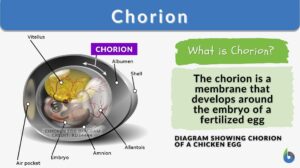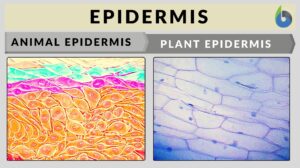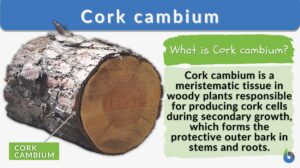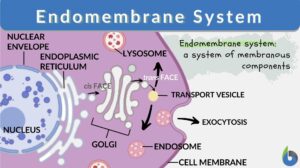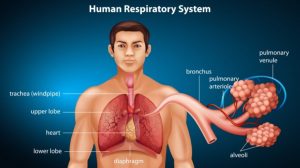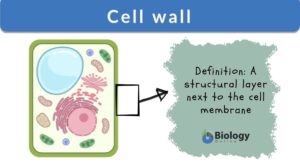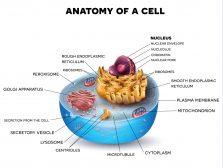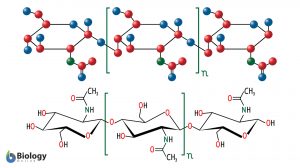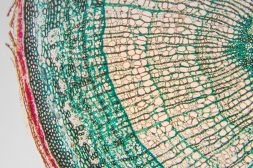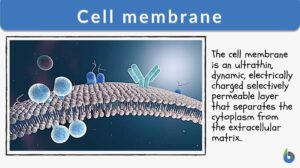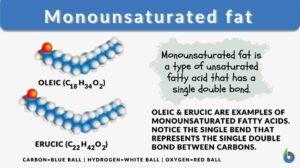Search Results for: protective
Protective factors
Definition noun Factors or traits of an individual that serve as strengths or assets that can be accessed to promote a... Read More
Precipitating factors
Precipitating Factor Definition Precipitating factors are factors that initiate or promote the onset of any illness,... Read More
Cork cambium
Cork Cambium Definition Cork cambium is a secondary meristematic tissue that has a pivotal role in secondary growth in... Read More
Biotic potential
When we look at the different forms of life, we often wonder how they have continued to exist one generation after another.... Read More
Endomembrane system
Ever wondered how biomolecules are made within the cell and then they are released outside the cell for use by the body?... Read More
Predisposing factors
All organisms can be born with or develop a disease at any point in their lifetime. When someone is born with a disease, it... Read More
Eponychium
The eponychium is the layer present underneath the proximal nail fold that produces cuticles on the nail.... Read More
Integumentary system
Integumentary System Definition The integumentary system is the outermost layer of the body. The animal body, in... Read More
Respiration
Organization of the Respiratory System Each lung is composed of air sacs called alveoli - the sites of gas exchange with... Read More
Scleroprotein
Definition noun, plural: scleroproteins A type of protein characterized by being fibrous and its function which is to... Read More
Biological Cell Introduction
It only takes one biological cell to create an organism. In fact, there are countless species of single-celled organisms,... Read More
Keratinocyte
Definition noun, plural: keratinocytes The predominant type of cell in the epidermal layer of the skin Supplement The skin... Read More
Amniotic fluid
Definition noun The protective fluid surrounding the developing fetus within the amniotic sac of a pregnant... Read More
Humoral immunity
Let’s get to know where one should place humoral immunity, the topic of today’s discussion!! By the end of the article,... Read More
Stratified epithelium
Definition noun, plural: stratified epithelia An epithelial tissue comprised of more than one layer of epithelial cells,... Read More
Plant Tissues
Plants are composed of three major organ groups: roots, stems, and leaves. As we know from other areas of biology, these... Read More
Cell membrane
Cell Membrane Definition Just like any non-living body possesses a plastic or paper packaging material that keeps the... Read More
Glycocalyx
What is the Glycocalyx? The glycocalyx is a polysaccharide-based gel-like, highly hydrous cellular thin layer, covering... Read More
Dense connective tissue
Definition noun A type of connective tissue that contains chiefly of collagen fibers (type I collagen) relative to the... Read More
Fibrinous exudate
What Is Fibrinous Exudate? Fibrinous exudate is a type of exudate (inflammatory fluid) that forms at the site of tissue... Read More
Biotic factor
Biotic Factor Definition A biotic factor is the living component in an ecosystem. The term "biotic" means "of or related... Read More
Monounsaturated fat
What is monounsaturated fat? Monounsaturated fats are healthy dietary fats. They are liquid at room temperature. Unlike... Read More
Perpetuating factors
Definition noun Factors or conditions that maintain the disabling symptoms in an individual. Supplement The presence of a... Read More
Peptic ulcer
Definition noun, plural: peptic ulcers An ulcer in certain areas in the gastrointestinal tract caused in part by diminished... Read More
Antecubital fossa
Antecubital Fossa Definition The antecubital fossa or the cubital fossa is the triangular-shaped hollow depression between... Read More
Turgor pressure
In biology, turgor pressure pertains to the pressure that is exerted by the fluid (e.g. water) against the cell wall. It is... Read More
Deglutology
Definition noun The scientific or medical study of the processes and pathophysiology of deglutition Supplement Deglutology... Read More


